Campaign Trading: Tactics and Strategies to Exploit the Markets
$11.93
| Author(s) | |
|---|---|
| Format |
|
| Pages |
245 |
| Publication Year |
1996 |
Campaign Trading is a book for speculative traders, retail or commercial, not niche traders or arbitrageurs. Speculative traders may be trading from an intensive knowledge of their market or merely from the action. Their horizon is usually short, but in some industries (copper comes to mind) may extend to four or five years. Speculative traders aim to profit from price fluctuation, not hedging. It follows that the more fluctuation they may exploit, the better their chances.
In the trading books of the early part of the century, writers would grandly refer to a campaign of trading, a series of battles and skirmishes to accumulate and eventually distribute a position, long or short, Today, while large operators still assemble and disassemble large outright positions, grand campaigning may be hindered by the capacity of the markets. Many, if not most, money managers are locked into quarterly comparisons of performance that prevent a longer view and focus on managing many issues. The field of play for the smaller speculator therefore is not often occupied by predatory competitors seeking to destroy him.
Running a trading campaign is not like executing a single trading rule over and over, and this book doesn’t describe running a campaign Instead, this book shows by example how to build the base for campaigning: the measurement techniques to use, how to test trading rules for effectiveness, and how to pick the types of trades you will use in future campaigns. Think of this book as an example of preparing a campaign of trading.
Contents:
- Campaigning
- Trading the Trend
- Handling the Bad News
- Testing
- Piling On: Exploiting the Trend
- Reversing Bad Trades
- Switching Modes: Trading Ranges
- Reversing Out of Ranges
- Minimum Favorable Excursion
- Shifting the Odds: Using Options
- Conclusion to Campaign Trading
Campaign Trading: Tactics and Strategies to Exploit the Markets By John Sweeney pdf
4 reviews for Campaign Trading: Tactics and Strategies to Exploit the Markets
Clear filtersOnly logged in customers who have purchased this product may leave a review.

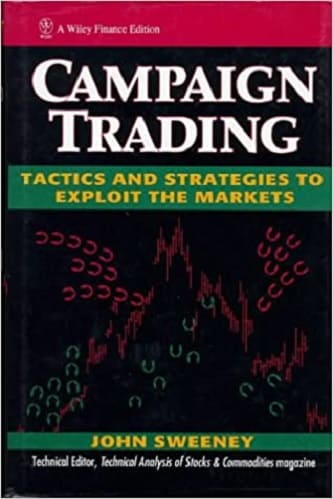

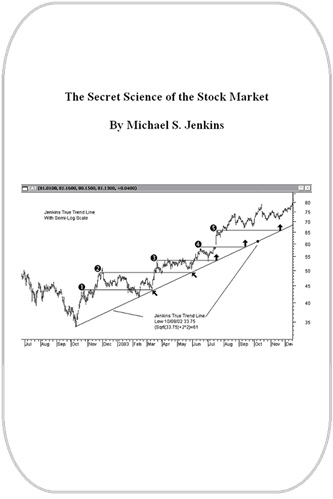
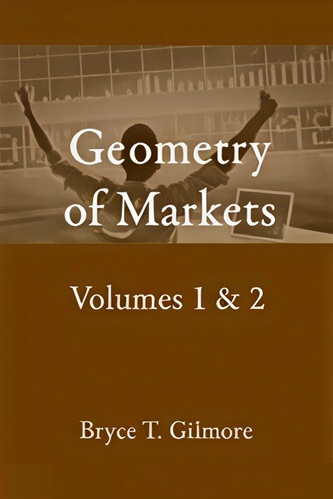
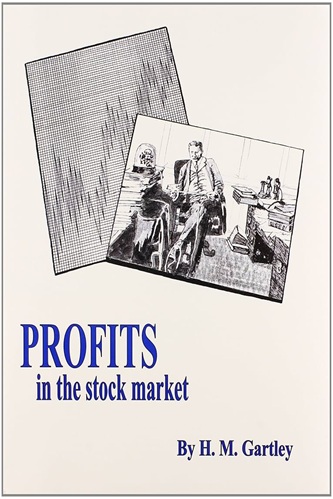
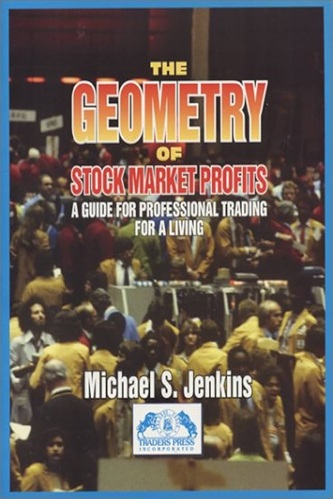
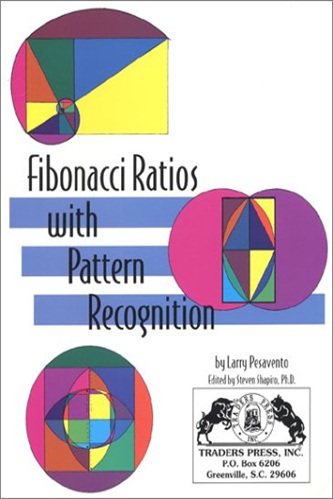
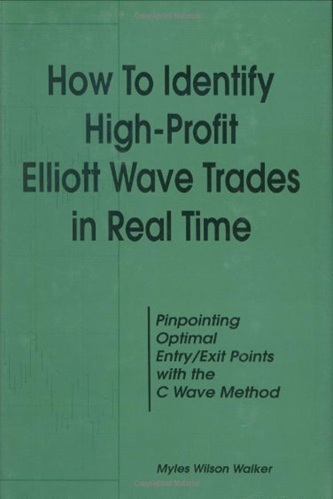
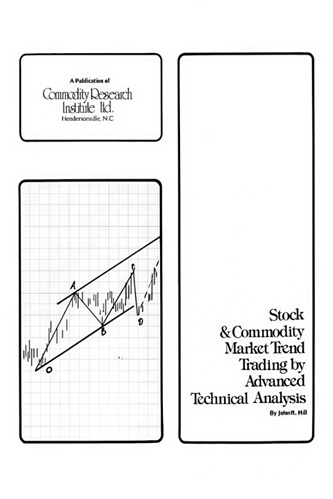
Brinley Moon (verified owner) –
I first heard about this book from a reference in Van Tharp’s book Trade Your Way to Financial Freedom. In the chapter on `where to place your stops’ I saw a reference to the MAE concept from Sweeney. In general, you just measure how far a trade goes against you after you initiate a long/short position. For example, a trade you initiate following a trading system may lose 3% before it gets back in the green. This maximum loss is the maximum adverse excursion. Sweeney suggests comparing the MAE’s of your winning trades and your losing trades, and then place a stop-loss order based on these MAE levels. The MFE concept is generally the same, but this time it’s the favorable excursion of a trade.
The general idea is that winners don’t tend to lose that much before they start to rise, while losers can be recognized once they’ve declined below a certain loss level (e.g. 6% below your entry).
I find these levels to be very helpful in choosing stop-loss levels for my trades. I used to pick arbitrary levels for my stops, e.g. 10% below my entry point or 2 ATR’s below my entry. Those stops aren’t necessarily bad, but thanks to these MAE/MFE concepts I can quickly determine their effectiveness. Most of my stop-loss levels are now much closer to the entry points (3% to 4%), while I take my winners not so quick anymore.
For these stop-loss levels alone I recommend this book to mechanical/technical traders. One alert though: you have to be able to backtest the trading system you’re following. If your just a technical trader following random technical signals in a non-systematic way, this book will not add much value to your trading.
Phoebe Blankenship (verified owner) –
Not bad
Joe Lawson (verified owner) –
Even though John Sweeney is Tech Editor for Technical Analysis of Stocks & Commodities, I had rather low expectations, expectations which most books in this field fulfill nicely. Mssrs. Sweeney have presented an idea book which focuses on what to look for, what to look out for, and, in passing, saves the cost of a piece of software. What this book is not is a set of formulae showing how to make a million trading. Thank Heavens!
The thrust of the book is to look at the phases a market can go through and to develop an approach for trading the phase now in evidence. Sweeneys also present concepts for turning a loss generated by a phase change into a profitable reversal. This concept builds on the authors’ other work, Maximum Adverse Excursion. The concepts are fully explained and a methodology is used to illustrate each. The authors are careful to note that the method used may not be what they use and may not be optimum, but rather is presented for illustrative purposes.
At the outset I thought this work appropriate for only intermediate and experienced traders. Now I’m not so sure. Beginning traders, if they go back to this work from time to time, may be able to save themselves some time and grief.
I certainly recommend the book; I am uncertain whether I should post five stars or only four.
Ernesto Hale (verified owner) –
Great, thanks.